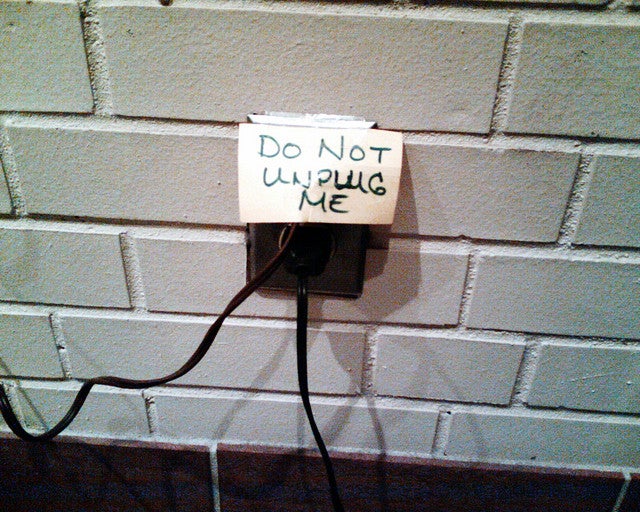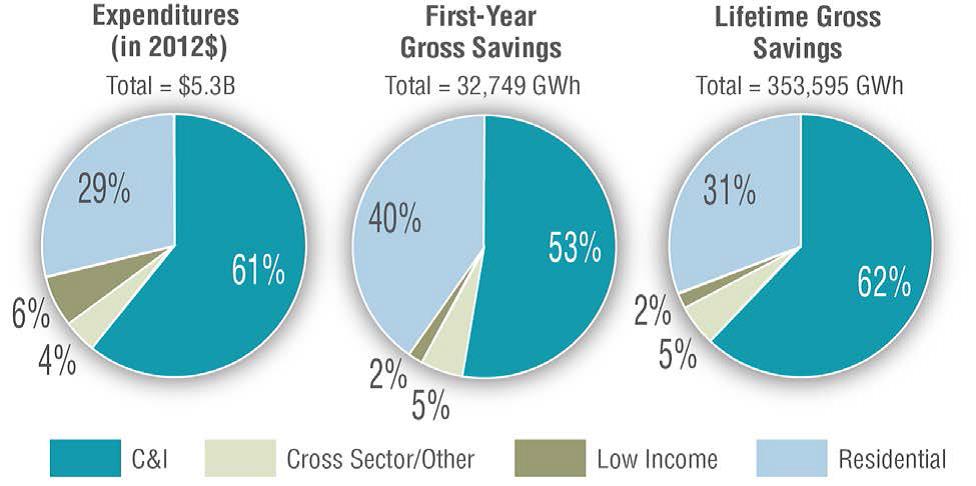Energy Efficiency Saves Billions – That’s Why Ohio Utilities and Big Business Want to Kill It

Energy efficiency is a proven value. In Ohio alone, energy efficiency programs have saved people a total of $1 billion since 2009. What’s more is that these savings far outweigh the costs to implement Ohio’s energy efficiency programs, which amount to less than half of the total savings. Yet Ohio utilities, particularly FirstEnergy, and large industrial companies want to kill it. Why? Because they lose when customers use energy efficiency programs.
One would think that the billions in customer energy savings would easily trump the utilities’ and large industrial companies’ efforts to kill energy efficiency. But we live in challenging times. The utilities and large industrial companies are spending big money on this issue, and they might win the day unless we can convince our elected leaders to save energy efficiency.
Since 2009, Ohio law has required utilities to meet energy efficiency goals by offering energy savings programs, which have proven to be wildly successful. A recent study from Ohio Advanced Energy reviewed all Ohio utility energy efficiency programs since they began in 2009. The study found that these programs have saved customers $1 billion to date and will save a total of $4.1 billion through existing programs. Much greater savings will be available if utilities continue to introduce new programs.
These energy savings are happening not just in Ohio, but all over the country. A March 2014 study by the Lawrence Berkeley National Laboratory reviewed 1,700 energy efficiency programs in 31 states over a three-year period (including 170 Ohio programs). The researchers found that the average cost for procuring the energy efficiency savings was 2.1¢ per kilowatt-hour – five times less expensive than the 10.13¢ per kilowatt-hour customers pay for electricity. The programs cost $5.2 billion and will save 353,585 gigawatt hours of electricity, valued at over $25 billion, as illustrated below:

Utilities and large industrial companies have a strong motive to kill these programs, just as horse and buggy makers might have wished to kill the automobile. Utilities make money by selling more electricity, so when customers use energy efficiency programs to lower their electricity bills, the utilities lose revenue. Large industrial companies can afford to hire full-time engineers to design custom-tailored energy savings programs, so they don’t want to pay for the utility programs. These large companies have a powerful competitive advantage over smaller companies, who can’t afford this and rely on utility energy efficiency programs to save money.
The utilities and large industrial companies are throwing big money at this issue and working in several states across the U.S. with well-funded corporate interests, such as the Koch Brothers, the Heritage Foundation, and the American Legislative Exchange Council to overthrow these energy efficiency programs. They won in one state, when Indiana repealed its energy efficiency goals in March, and a similar bill, SB 310, which would freeze any additional energy efficiency mandates after 2014, is being debated in the Ohio state legislature right now.
The irony is that when Ohio utilities file their annual energy efficiency reports with the Ohio Public Utilities Commission, they wax eloquently about energy efficiency’s benefits. AEP said its 2015-2019 energy efficiency plan will save customers “approximately $1.5 billion and create over 4,000 new jobs.” DP&L said that “[f]rom 2009 through 2012, DP&L’s residential and business programs helped customers save 659,605 megawatt hours of energy, or enough energy to power 54,967 homes for a year.” And FirstEnergy reported that its customers save two dollars for every one dollar the company spends on energy efficiency programs.
If the utilities were acting in their customers’ interests, they would issue public statements of support for the current energy efficiency goals. But the utilities are simply acting in their own self-interest and so they are working behind the scenes to kill energy efficiency.
Hopefully common sense will prevail in Ohio and energy efficiency will remain intact. But this is too important an issue to take for granted. Tell your elected leaders today that you want to save energy efficiency – so you can continue saving money on your electricity bill.










